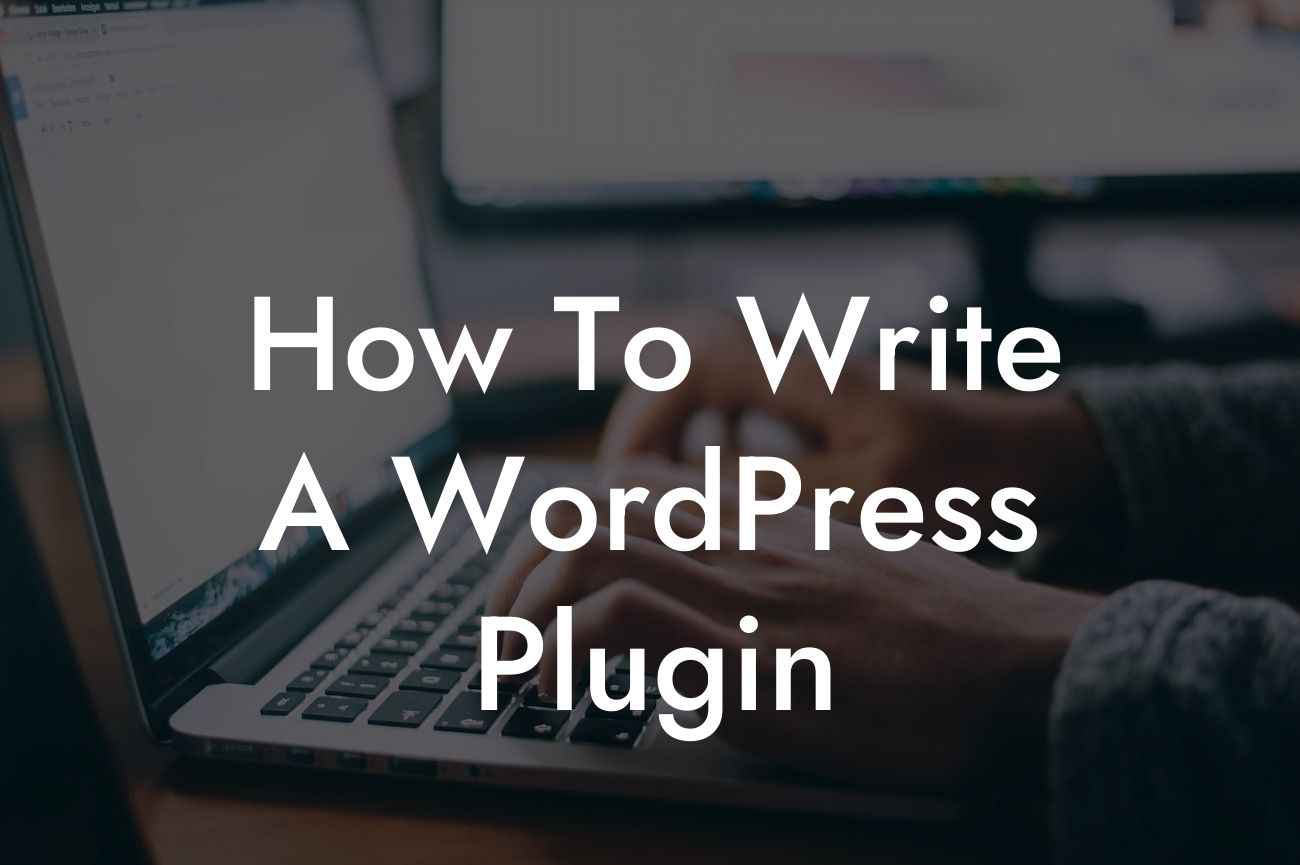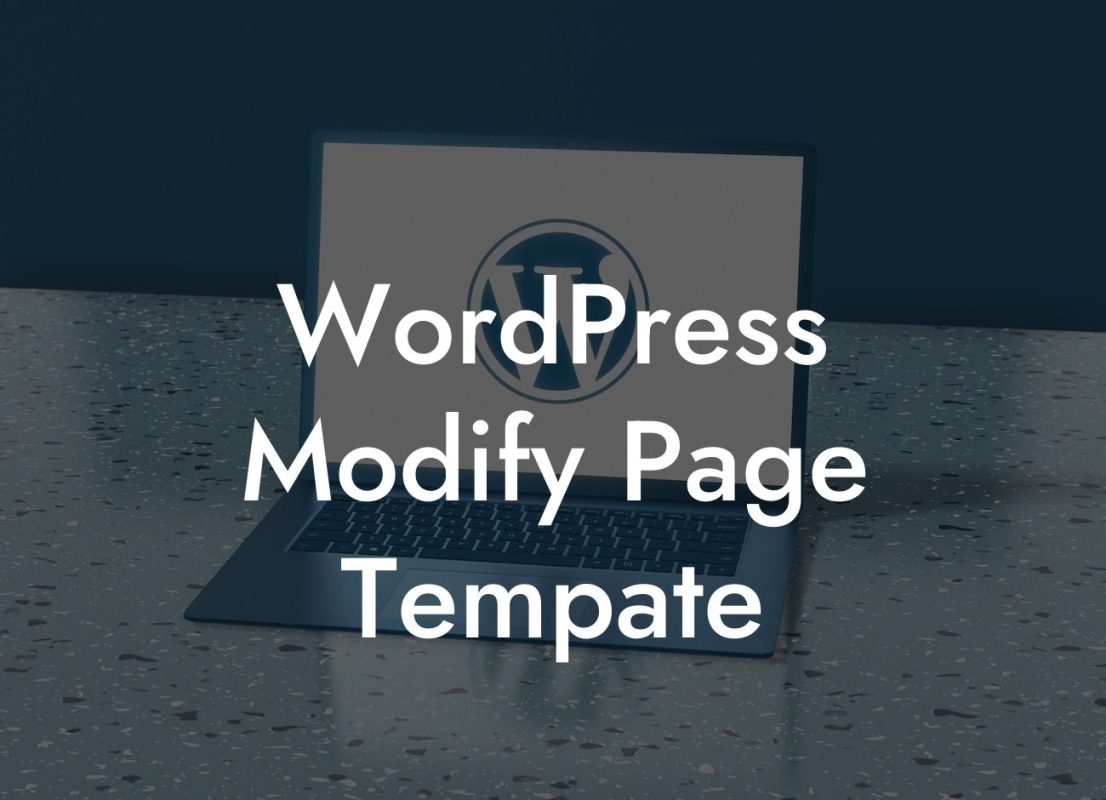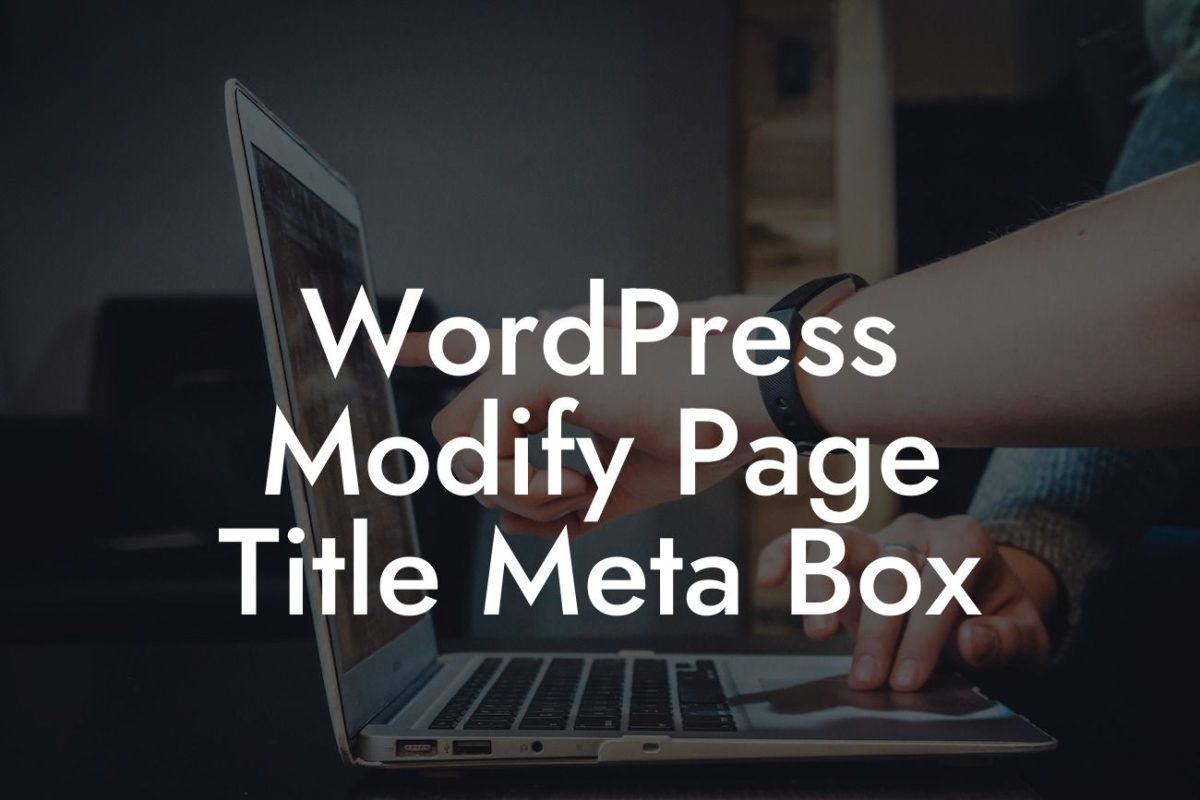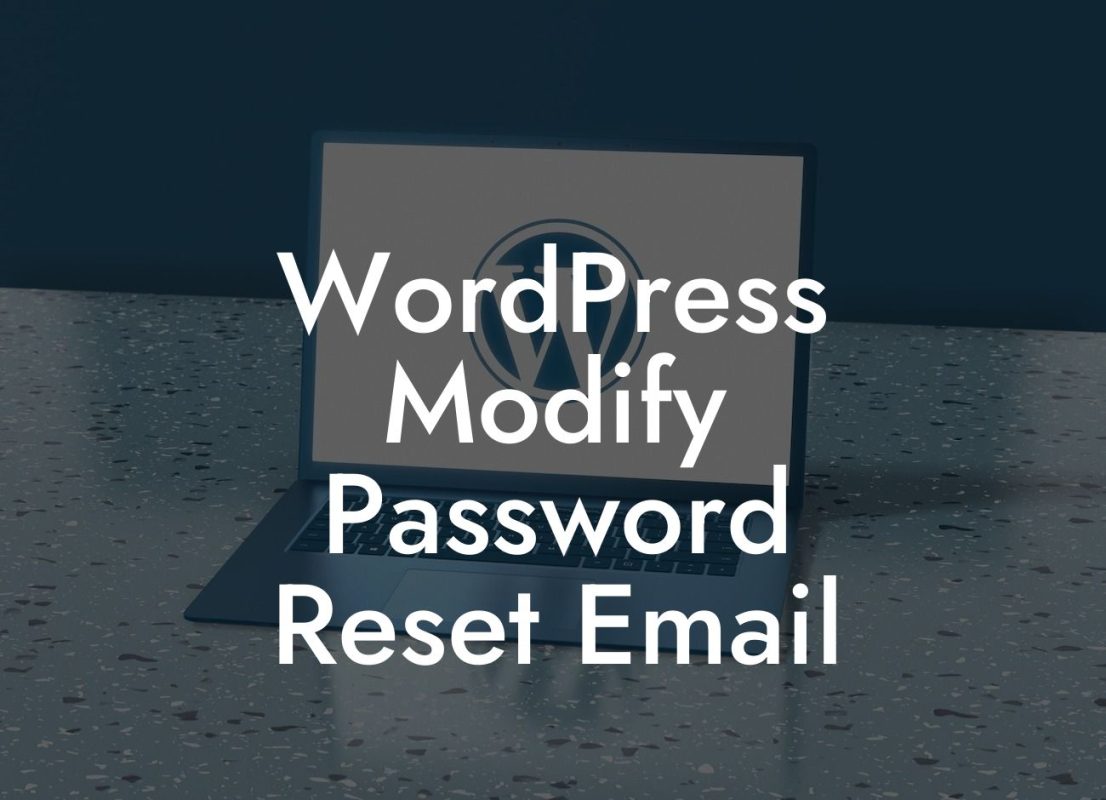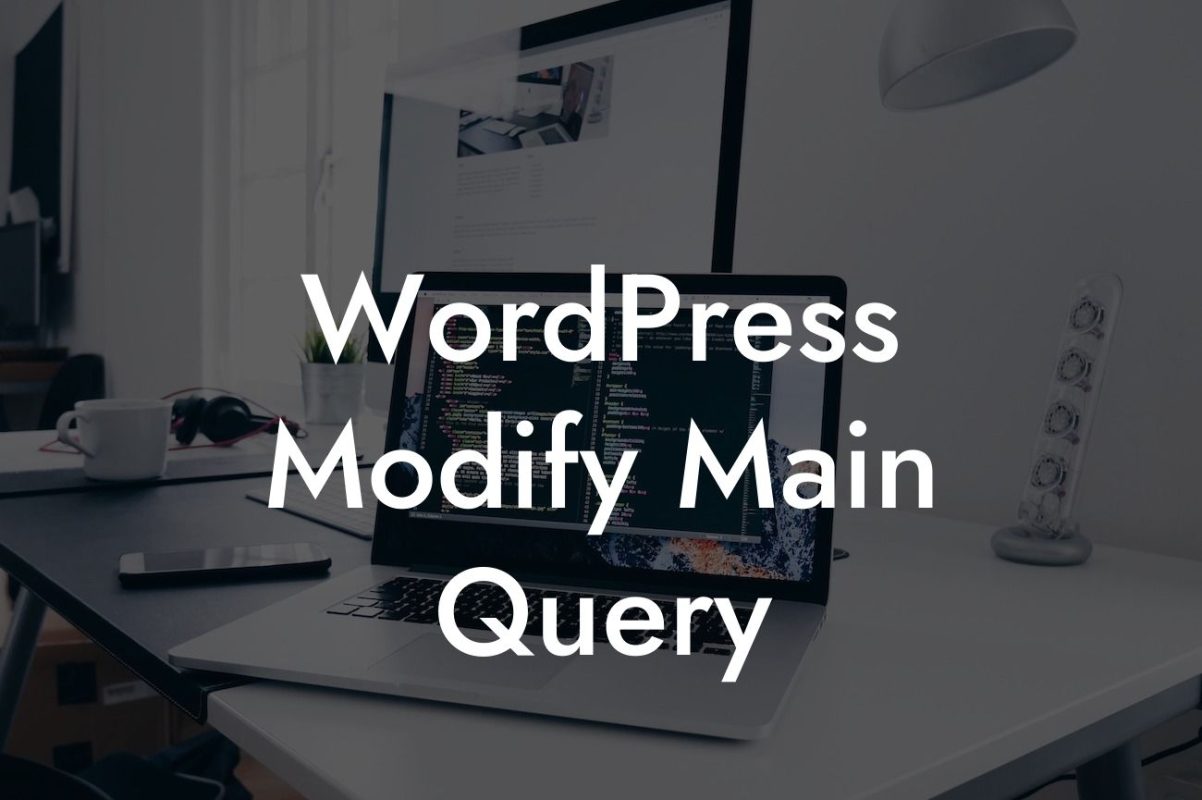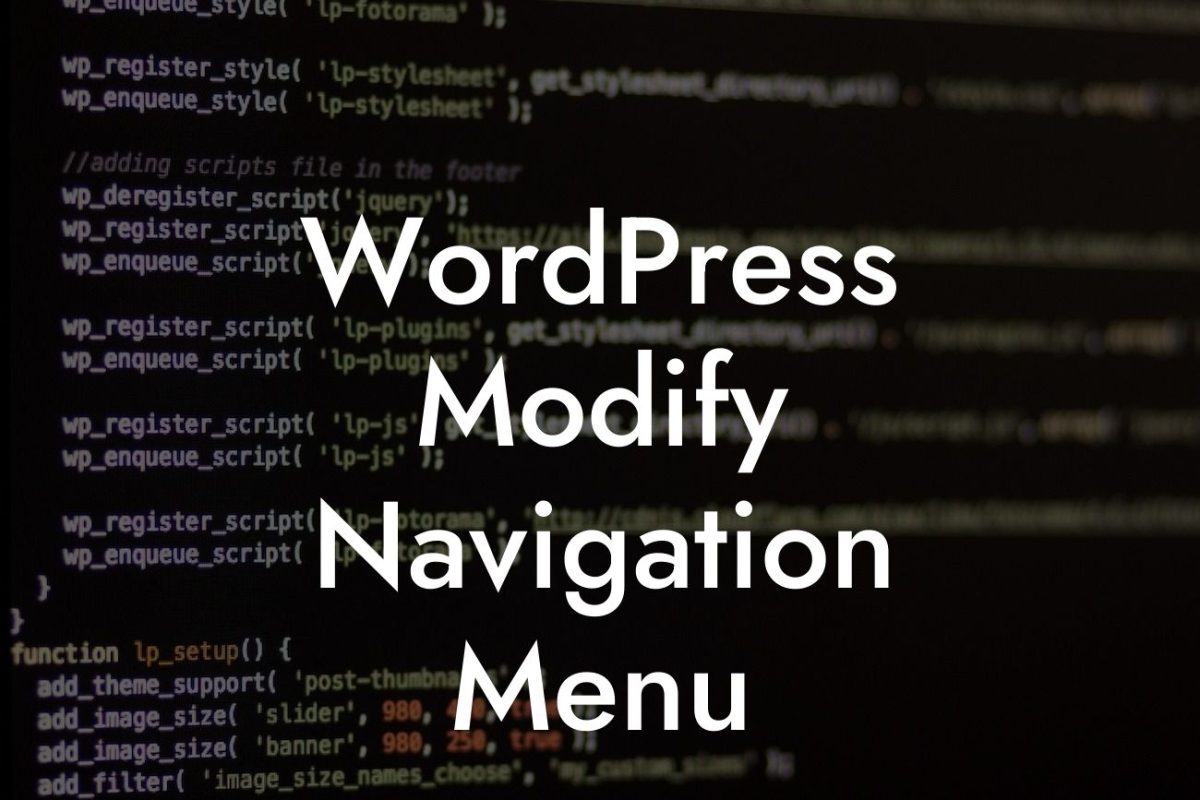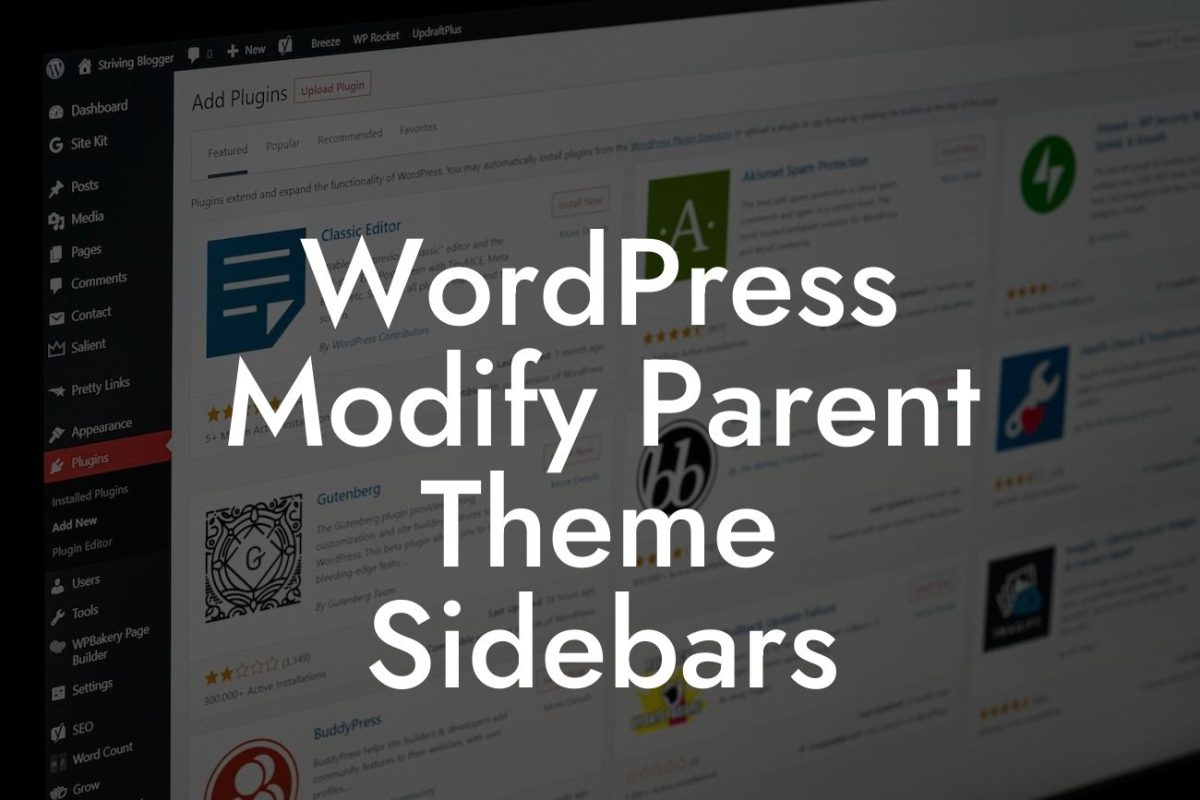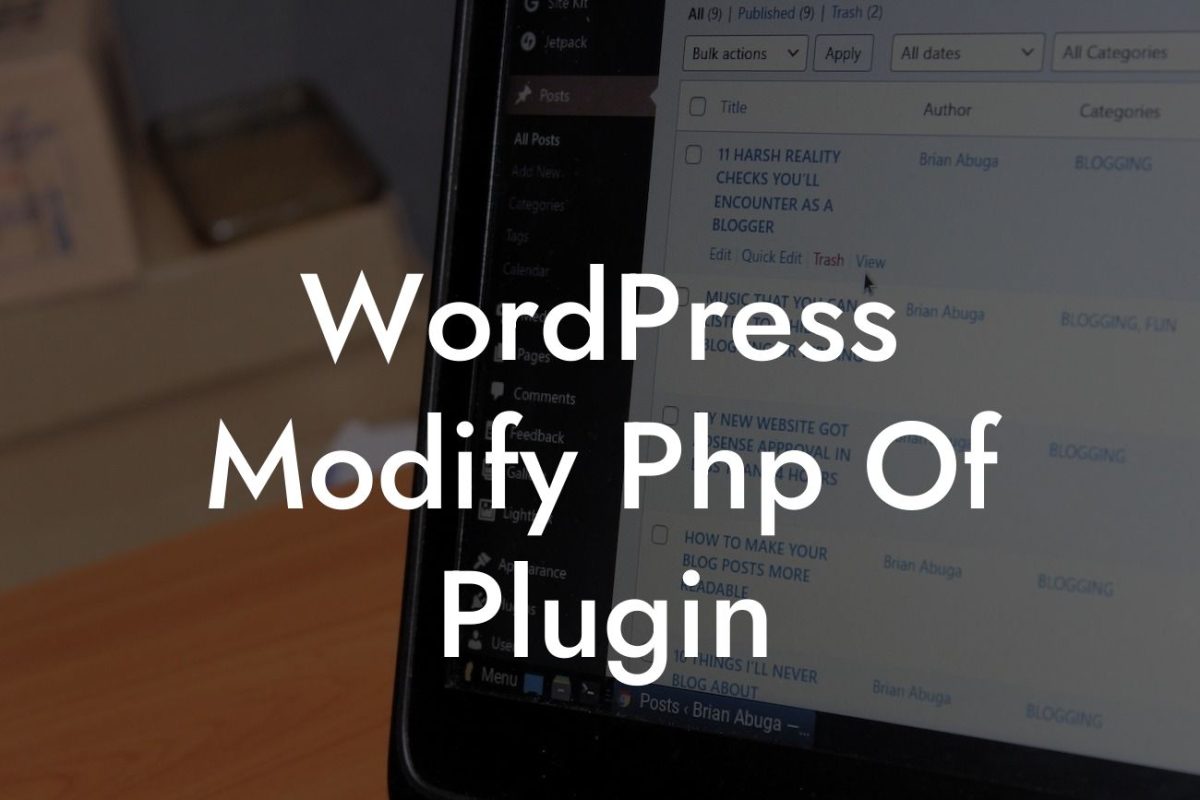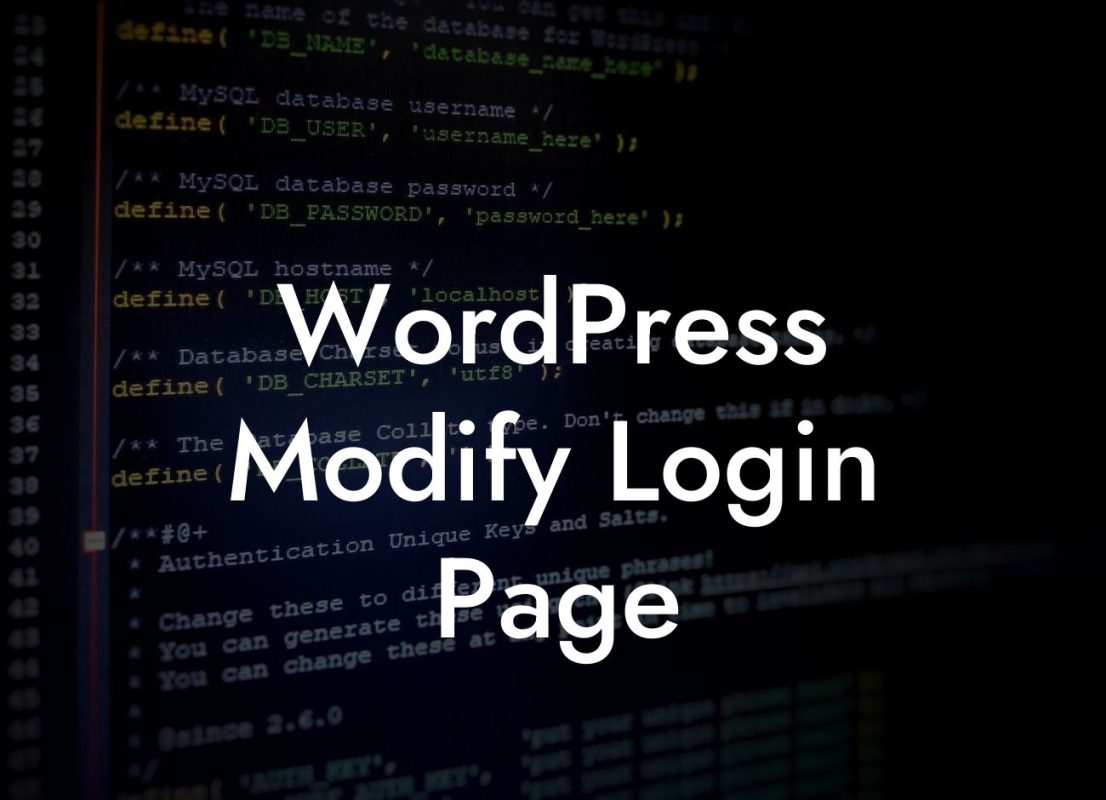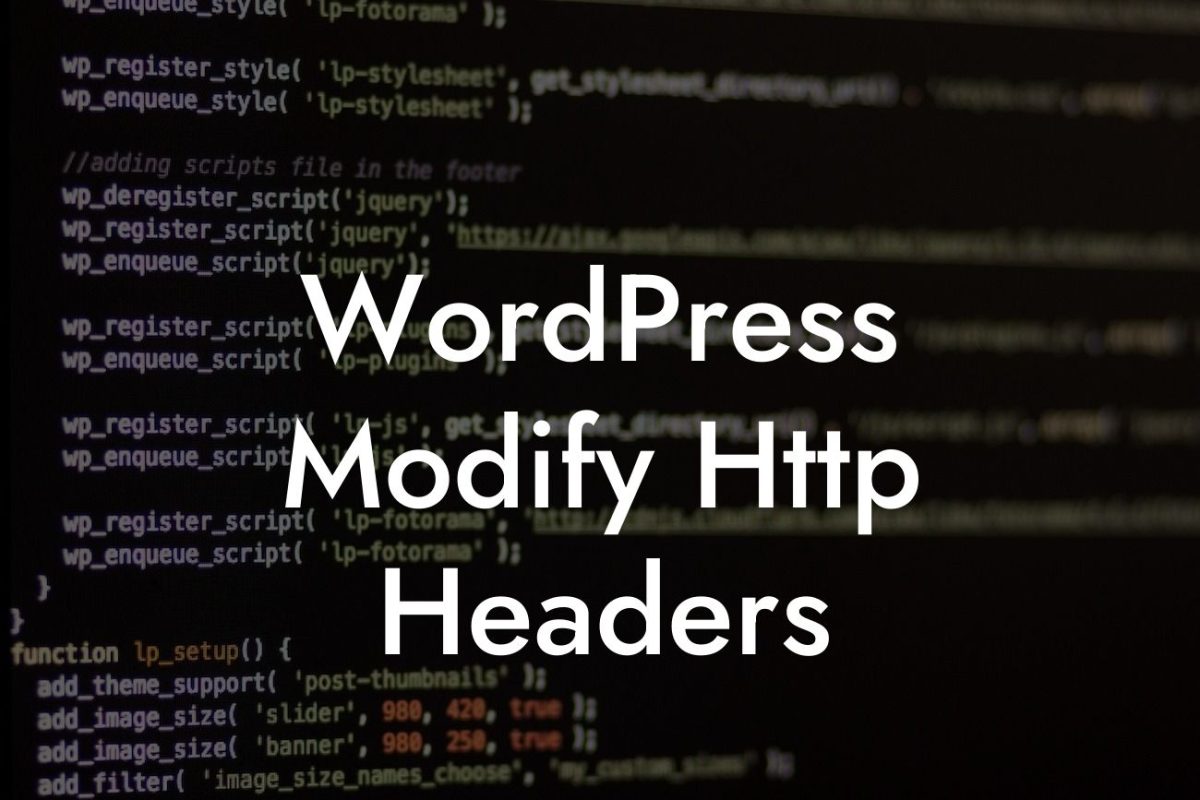Creating a successful online presence is crucial for small businesses and entrepreneurs in today's digital age. With WordPress dominating the web as the most popular content management system, one way to stand out from the crowd is by developing your own WordPress plugin. In this comprehensive guide, we will take you through the step-by-step process of writing a WordPress plugin that will elevate your online presence and supercharge your success.
Creating a WordPress plugin may seem like a daunting task, but with the right approach and knowledge, it becomes an exciting journey. Follow these steps to bring your plugin idea to life:
1. Define your plugin's purpose: Before diving into the technical aspects, clearly define what problem your plugin solves or what value it adds to users. Having a clear purpose in mind will guide your development process.
2. Plan your plugin's features: Outline the specific features and functionality you want your plugin to have. Break them down into smaller tasks to make the development process more manageable.
3. Set up your development environment: Install a local server environment, such as XAMPP or MAMP, to develop your plugin locally. This helps test and debug your plugin before deploying it to a live website.
Looking For a Custom QuickBook Integration?
4. Construct the plugin's structure: Start by creating a main folder for your plugin with a unique name. Inside this folder, create a PHP file with the same name as your plugin. Define the plugin's basic information, including name, version, author, and description.
5. Create the plugin's core functionality: Utilize WordPress hooks and filters to add the desired functionality to your plugin. Hooks allow you to modify or add code at specific points in WordPress, while filters enable you to modify data before it is displayed.
6. Customize your plugin's appearance: Integrate HTML, CSS, and JavaScript to enhance the visual aspects of your plugin. Utilize WordPress's built-in functions and coding standards to ensure compatibility with different themes and plugins.
How To Write A Wordpress Plugin Example:
Let's say you want to develop a plugin that displays a pop-up notification for website visitors. You define the purpose as improving user engagement and increasing conversions. The plugin's features include customizable pop-up messages, display triggers based on user actions, and tracking conversion rates.
Now that you've learned how to write a WordPress plugin, it's time to take action and transform your online presence. Explore DamnWoo's expert guides for more detailed insights on WordPress development, content marketing, and SEO. Don't forget to try our awesome plugins designed exclusively for small businesses and entrepreneurs. Take the extraordinary path and reap the rewards of a powerful online presence today!

